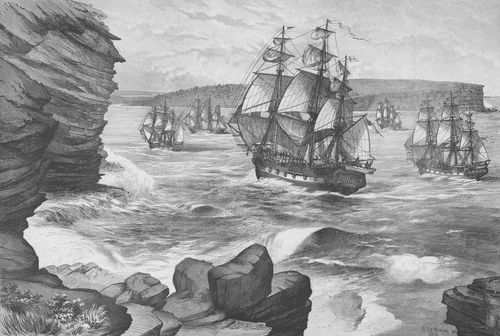
Photo Attribution: State Library of New South Wales, Public domain, via Wikimedia Commons
British Colonisation of Australia
This example has been viewed 723x times
Summary
Rodden Rating
Analysis for British Colonisation of Australia
Biography
Australia, officially the Commonwealth of Australia,[16] is a sovereign country comprising the mainland of the Australian continent, the island of Tasmania, and numerous smaller islands.[17] Australia is the largest country by area in Oceania and the world's sixth-largest country. Australia is the oldest,[18] flattest,[19] and driest inhabited continent,[20][21] with the least fertile soils.[22][23] It is a megadiverse country, and its size gives it a wide variety of landscapes and climates, with deserts in the centre, tropical rainforests in the north-east, tropical savannas in the north, and mountain ranges in the south-east.
The ancestors of Aboriginal Australians began arriving from south-east Asia 50,000 to 65,000 years ago, during the last glacial period.[24][25][26] Arriving by sea, they settled the continent and had formed approximately 250 distinct language groups by the time of European settlement, maintaining some of the longest known continuing artistic and religious traditions in the world.[27] Australia's written history commenced with the European maritime exploration of Australia. The Dutch navigator Willem Janszoon was the first known European to reach Australia, in 1606. In 1770, the British explorer James Cook mapped and claimed the east coast of Australia for Great Britain, and the First Fleet of British ships arrived at Sydney in 1788 to establish the penal colony of New South Wales. The European population grew in subsequent decades, and by the end of the 1850s gold rush, most of the continent had been explored by European settlers and an additional five self-governing British colonies were established. Democratic parliaments were gradually established through the 19th century, culminating with a vote for the federation of the six colonies and foundation of the Commonwealth of Australia on 1 January 1901.[28] This began a process of increasing autonomy from the United Kingdom, highlighted by the Statute of Westminster Adoption Act 1942, and culminating in the Australia Act 1986.[28]
Australia is a federal parliamentary constitutional monarchy, comprising six states and ten territories. Australia's population of nearly 27 million[10] is highly urbanised and heavily concentrated on the eastern seaboard.[29] Canberra is the nation's capital, while its most populous cities are Sydney, Melbourne, Brisbane, Perth and Adelaide.[30] It is ethnically diverse and multicultural, the product of large-scale immigration, with almost half of the population having at least one parent born overseas.[31] Australia's abundant natural resources and well-developed international trade relations are crucial to the country's economy, which generates its income from various sources including services, mining exports, banking, manufacturing, agriculture and international education.[32][33][34] Australia ranks highly for quality of life, health, education, economic freedom, civil liberties and political rights.[35]
Australia has a highly developed market economy and one of the highest per capita incomes globally.[36][37] Australia is a regional power, and has the world's thirteenth-highest military expenditure.[38] It is a member of international groupings including the United Nations; the G20; the OECD; the World Trade Organization; Asia-Pacific Economic Cooperation; the Pacific Islands Forum; the Pacific Community; the Commonwealth of Nations; and the defence/security organisations ANZUS, AUKUS, and the Five Eyes. It is a major non-NATO ally of the United States.[39]
Source: https://en.wikipedia.org/wiki/Australia
Raw Data
Horoscope Data
Comments
Natal Data
1788-01-26 05:06:00 LMT
33° 52′ 7.8″ S 151° 12′ 33.5″ E
Sydney NSW, Australia








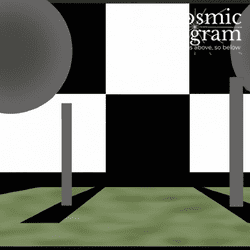




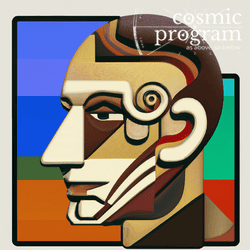


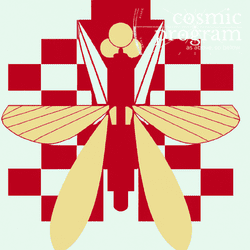
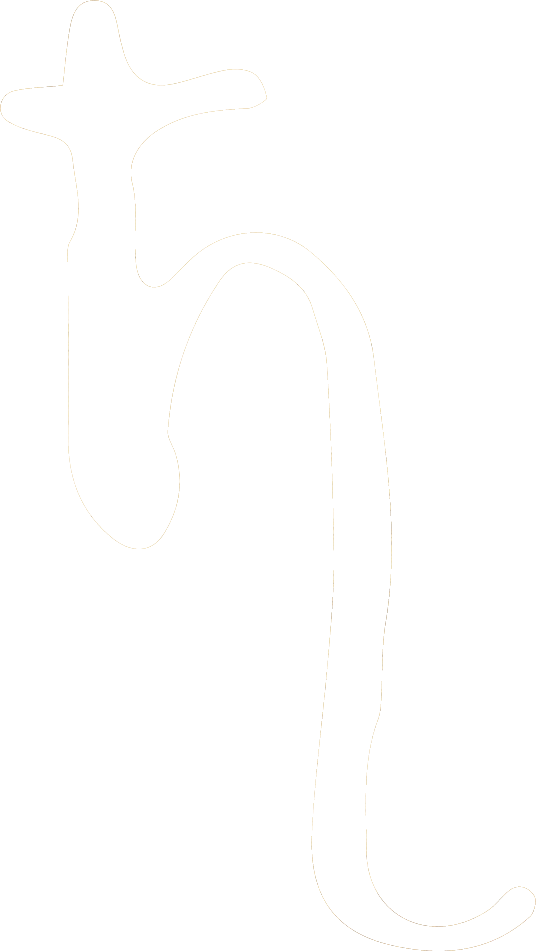
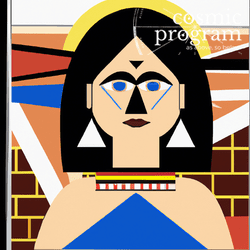

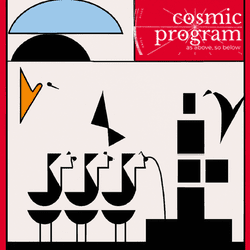

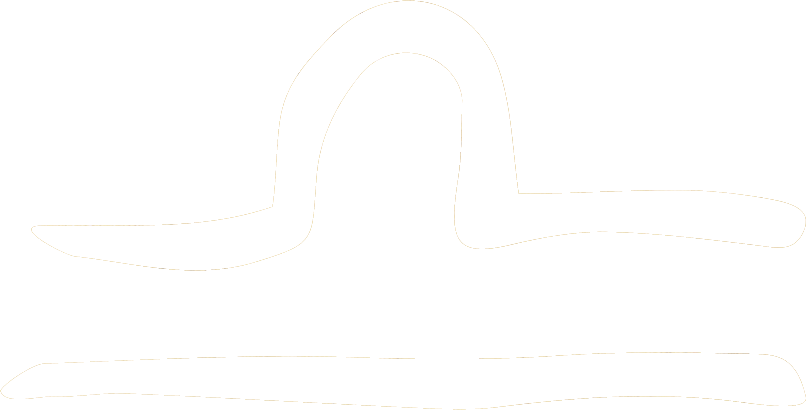



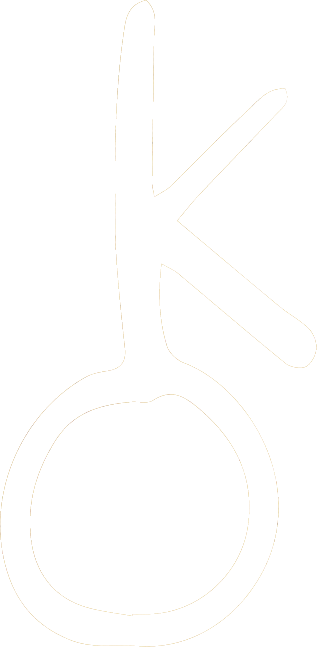



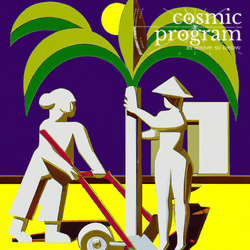

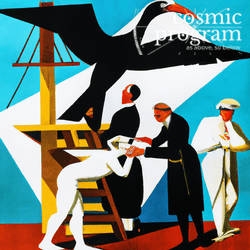



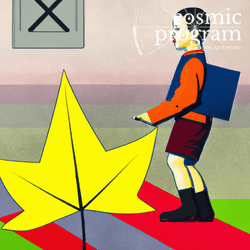

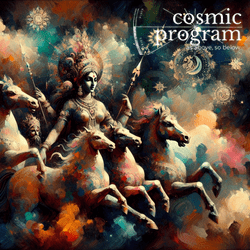
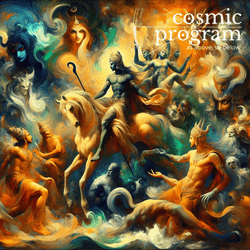
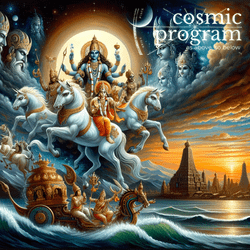
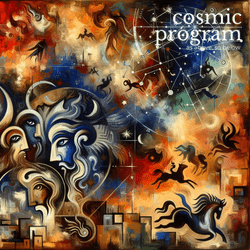
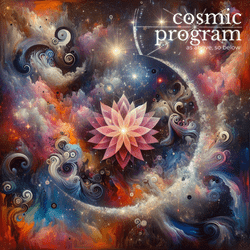
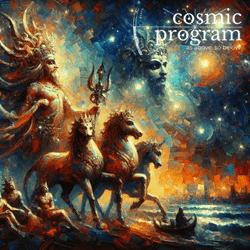
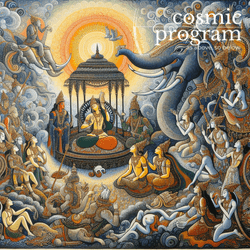

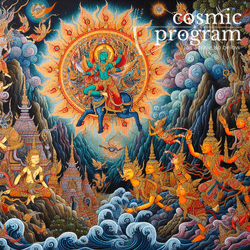
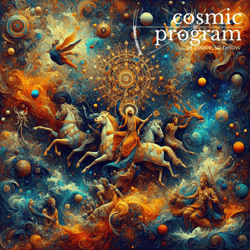
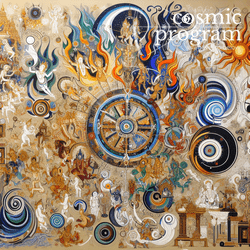
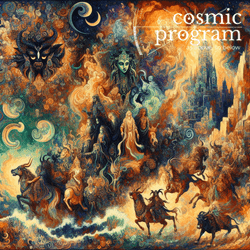
.svg.png?bossToken=2035c54101d7a9747533e6f88dc53239ac7b67ac9b8b2e144706860911e12e9d)
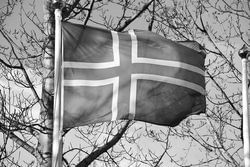
.svg?bossToken=c406f61ebc3cb53a81a41e58656e96e7e4a8bd000eb0e672400fccb70fa71a34)
.svg.png?bossToken=440a1afd78608323f1460d73ddc58559ccf45a7415216a875a4bc055b02034f1)
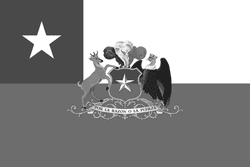

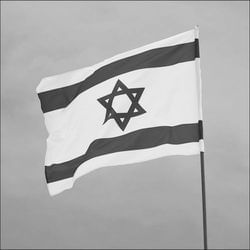

.jpg?bossToken=0a089d7971b29c5a296d0976f15050270da6b387816a3001cacf195fdad41422)



